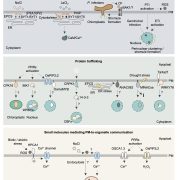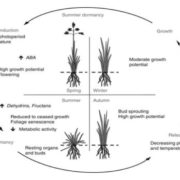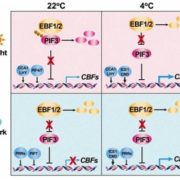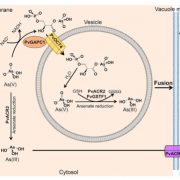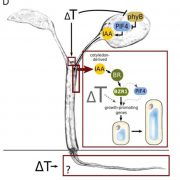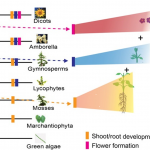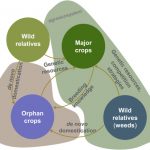Review: Hot topic: Thermosensing in plants (Plant Cell Environ.)
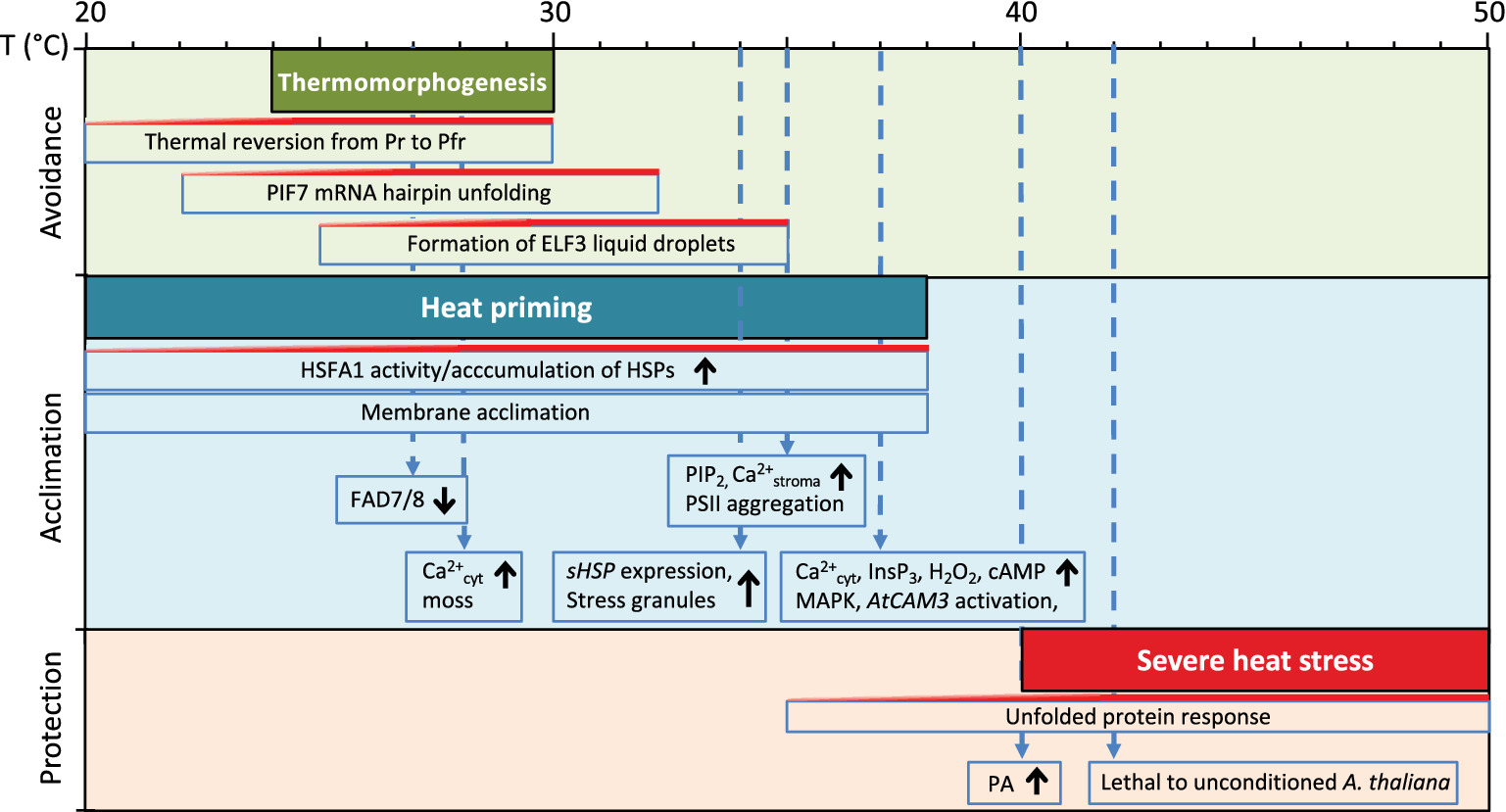
Climate change has increased global temperatures and affected agriculture in recent years. Heat stress can negatively impact plant growth, development, metabolism, fertility, and immunity. To generate resilient plants that will endure warmer weather conditions, it is imperative to understand how plants perceive and cope with heat stresses. In this review, Hayes et al. report what is known about these processes. The first response to heat, when temperatures are above optimum but still within the physiological range (24-30℃), leads to morphology and development changes known as “thermogenesis”. Heat can inactivate photoreceptors such as phytochromes, which act as thermosensors, in a process called “thermal reversion”, A transcriptional repressor in the evening complex, EARLY FLOWERING 3 (ELF3), forms droplets within the nucleus that accelerates growth. These liquid bimolecular condensates are compartments with no membrane that contain regulatory proteins, however, how they act as heat sensors is still unknown. Warmer temperatures can also affect the RNA hairpin structure of a key transcription factor involved in hypocotyl and petiole elongation, PIF7, enhancing translation. The developmental changes triggered by these factors help plants to avoid heat damage. When temperatures are above 35 ℃, the cell accumulates heat shock proteins (HSP) that are molecular chaperones that aid proper protein folding and avoid aggregation. Also, the cellular membrane becomes more fluid with heat. Calcium and peroxide levels can rise quickly in response to heat stress, promoting cellular protective responses. Finally, when temperatures reach above 40 ℃, severe heat stress affects protein function, leading to cell death. Having several different molecular thermosensors is likely to help plants acclimate to and survive heat stress. (Summary by Camila Ribeiro @camicribeiro86) Plant Cell Environ. 10.1111/pce.13979


